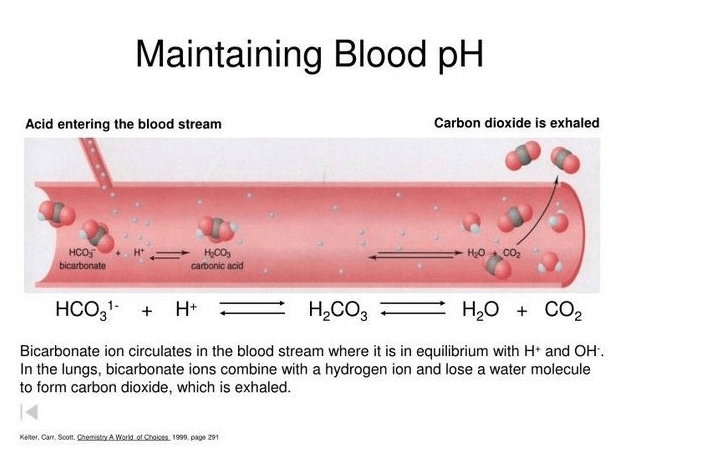Which of the following ions binds to the troponin complex, initiating the contraction of a muscle?
A. Sodium
B. Potassium
C. Calcium
D. Phosphorus
For those aiming to excel in their ATI TEAS test and secure admission into their desired nursing program, ExamGates offers an invaluable resource. Our platform features practice questions meticulously crafted by tutors who have previously aced the exam themselves. With ExamGates, you can access content that is 100% relevant to the test, accompanied by vivid images and illustrations. Additionally, our platform provides comprehensive explanations for both correct and incorrect answers, empowering you to fully grasp the material and optimize your study efforts. Take the first step towards your nursing aspirations with ExamGates today.
When a muscle cell is stimulated by a nerve impulse, calcium ions are released from the sarcoplasmic reticulum into the cytoplasm. The calcium ions bind to the troponin complex, which is a protein that regulates the interaction between actin and myosin filaments. The binding of calcium to troponin causes a conformational change that exposes the binding sites for myosin on the actin filaments. This allows the myosin heads to attach to the actin and pull the filaments past each other, resulting in muscle contraction.
Therefore, the Correct Answer is C.
More Questions on TEAS 7 Science Exam 3
Question 1:
Which of the following ions binds to the troponin complex, initiating the contraction of a muscle?
A. Sodium
B. Potassium
C. Calcium
D. Phosphorus
The Correct Answer is C.When a muscle cell is stimulated by a nerve impulse, calcium ions are released from the sarcoplasmic reticulum into the cytoplasm. The calcium ions bind to the troponin complex, which is a protein that regulates the interaction between actin and myosin filaments. The binding of calcium to troponin causes a conformational change that exposes the binding sites for myosin on the actin filaments. This allows the myosin heads to attach to the actin and pull the filaments past each other, resulting in muscle contraction.
Question 2:
Which of the following is a function of bone?
A. Storage of minerals
B. Detoxification of alcohol
C. Secretion of hormones
D. Production of otoliths
The Correct Answer is A.The correct answer is a. Storage of minerals. Bones serve as a storage site for minerals such as calcium and phosphorus. These minerals are essential for various bodily functions and can be released from the bones into the bloodstream when needed.
b. Detoxification of alcohol is not a function of bone. This process occurs primarily in the liver.
c. Secretion of hormones is not a function of bone. Hormones are produced and secreted by glands such as the pituitary gland, thyroid gland, and adrenal glands.
d. Production of otoliths is not a function of bone. Otoliths are small calcium carbonate structures found in the inner ear of fish and other vertebrates that help with balance and hearing.
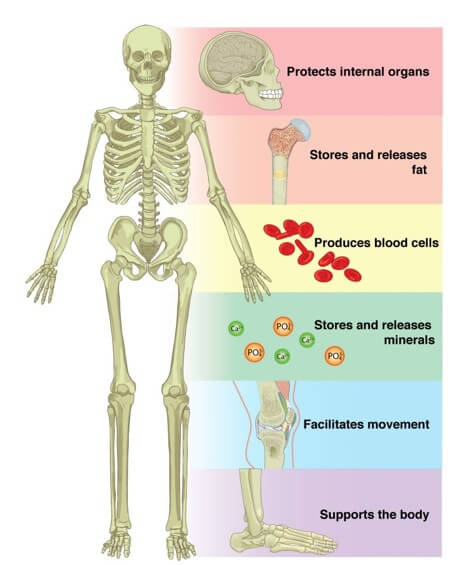
Question 3:
Which of the following is an efferent neuron that is responsible for releasing a neurotransmiter that stimulates a muscle cell to contract?
A. Motor neuron
B. Interneuron
C. Sensory neuron
D. Neuroglia
The Correct Answer is A.An efferent neuron that is responsible for releasing a neurotransmitter that stimulates a muscle cell to contract is a motor neuron ². Motor neurons carry signals from the brain to the peripheral nervous system in order to initiate an action. The neurotransmitter acetylcholine (ACh) is released by motor neurons at the neuromuscular junction in skeletal muscle, causing the muscle to contract ³.
The other options are incorrect because they do not accurately describe the type of neuron responsible for releasing a neurotransmitter that stimulates a muscle cell to contract. Interneurons are found within the central nervous system and facilitate communication between sensory and motor neurons. Sensory neurons carry information from sensory receptors to the central nervous system. Neuroglia are support cells for neurons and do not transmit nerve impulses.

Question 4:
Which of the following organs filters excess solutes from the blood?
A. Stomach
B. Spleen
C. Kidney
D. Gallbladder
The Correct Answer is C.The organ that filters excess solutes from the blood is the kidney ¹. The kidneys are a pair of bean-shaped organs located on either side of the spine, just below the rib cage ². They are responsible for filtering waste products and excess fluid from the blood and excreting them in the form of urine ².
The other options are not correct because they do not accurately describe the organ that filters excess solutes from the blood. The stomach, spleen, and gallbladder do not filter excess solutes from the blood.

Question 5:
Emphysema caused by damage to alveoli from toxins and pollutants is likely to result in the body having difficulty performing which of the following actions?
A. Releasing histamine and acetylcholine
B. Exchanging oxygen and carbon dioxide
C. Absorbing food
D. Producing enzymes
The Correct Answer is B.Emphysema is a lung condition that is caused by damage to the alveoli, the tiny air sacs in the lungs where gas exchange occurs. When the alveoli are damaged, the body has difficulty exchanging oxygen and carbon dioxide. This can lead to shortness of breath and other respiratory problems. The other options are not directly related to the function of the alveoli or the effects of emphysema.

Question 6:
Which of the following structures is present in both prokaryotic and eukaryotic cells?
A. Endoplasmic reticulum
B. Cell membrane
C. Chloroplast
D. Golgi apparatus
The Correct Answer is B.The structure that is present in both prokaryotic and eukaryotic cells is the cell membrane ². The cell membrane is a thin layer that surrounds the cell and separates its internal environment from the external environment ². It is composed of a lipid bilayer and proteins and regulates the movement of substances into and out of the cell ².
The other options are not correct because they are not present in both prokaryotic and eukaryotic cells. The endoplasmic reticulum, chloroplast, and Golgi apparatus are organelles that are only found in eukaryotic cells ².
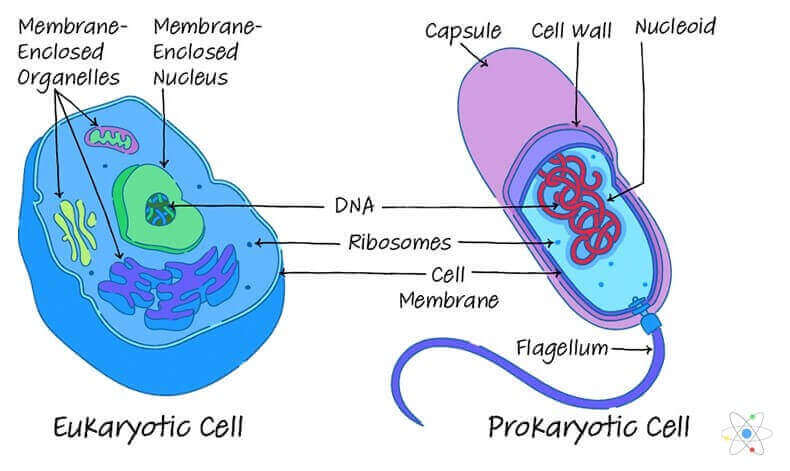
Question 7:
The mitochondrial inner membrane carries out the same function in cellular respiration as the ________ membrane of chloroplasts in photosynthesis.
Which of the following correctly completes the sentence above?
A. Thylakoid
B. Epithelial
C. Nuclear
D. Tonoplast
The Correct Answer is A.The thylakoid membrane of chloroplasts is where the light-dependent reactions of photosynthesis take place, while the mitochondrial inner membrane is where the electron transport chain and ATP synthesis occur during cellular respiration.
The tonoplast is the membrane that surrounds the central vacuole in plant cells. It is not involved in cellular respiration or photosynthesis.
The other options, epithelial and nuclear, are not related to these processes.
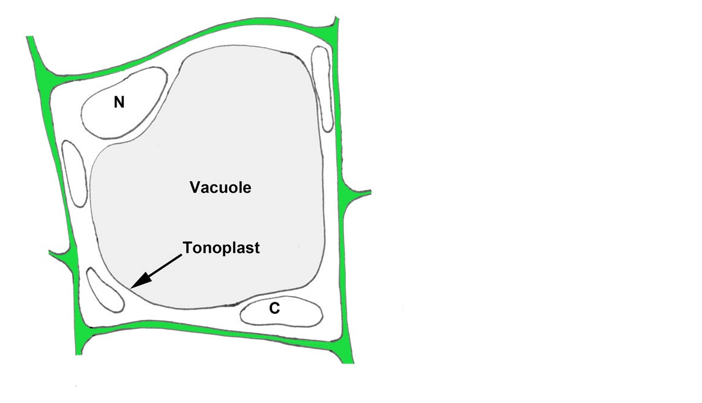
Question 8:
Which of the following substances is excreted by sweat glands in response to the breakdown of proteins and the formation of ammonia?
A. Lysozymes
B. Urea
C. Water
D. Sebum
The Correct Answer is B.Urea is a waste product that is formed when proteins are broken down in the body. It is excreted by the kidneys in urine, but small amounts can also be excreted by sweat glands in sweat.
The other options are not substances that are excreted by sweat glands in response to the breakdown of proteins and the formation of ammonia. Lysozymes are enzymes that break down bacterial cell walls, water is a component of sweat but is not specifically related to protein breakdown, and sebum is an oily substance produced by sebaceous glands to lubricate the skin.

Question 9:
Which of the following actions allows for repolarization of a neuron?
A. The inhibition of sodium and potassium pumps, stopping all ion movement into the neuron
B. The opening of sodium channels, allowing sodium to enter the neuron
C. The closing of both sodium and potassium channels to restrict movement of ions into and out of the neuron
D. The opening of potassium channels allowing potassium to leave the neuron
The Correct Answer is D.D. The opening of potassium channels allowing potassium to leave the neuron
The correct answer is d. The opening of potassium channels allowing potassium to leave the neuron. Repolarization of a neuron occurs after an action potential, when the neuron's membrane potential returns to its resting state. This is achieved by the opening of potassium channels, which allows potassium ions to flow out of the neuron. This movement of positively charged ions out of the neuron helps to restore the negative membrane potential.
A. The inhibition of sodium and potassium pumps would not allow for repolarization because these pumps are necessary for maintaining the resting membrane potential.
B. The opening of sodium channels would cause depolarization, not repolarization.
C. The closing of both sodium and potassium channels would restrict ion movement, but it would not allow for repolarization.
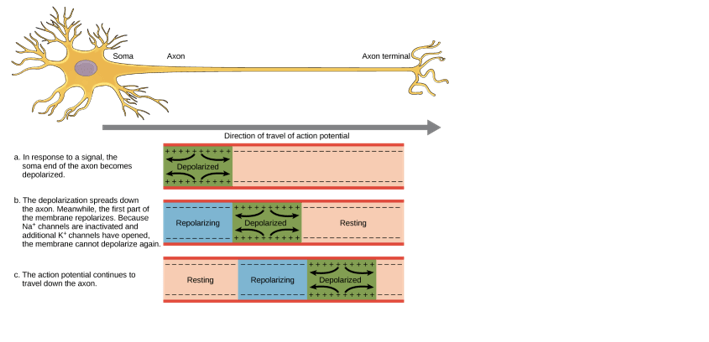
Question 10:
Which of the following substances is responsible for donating H+ ions to act as a buffer when blood pH rises?
A. Oxygen
B. Carbon monoxide
C. Carbon dioxide
D. Carbonic acid
The Correct Answer is D.The correct answer is d. Carbonic acid. When blood pH rises, carbonic acid can donate H+ ions to act as a buffer and help maintain the pH within a normal range. Carbonic acid is formed when carbon dioxide dissolves in water and reacts with it.
A. Oxygen is not responsible for donating H+ ions to act as a buffer when blood pH rises.
B. Carbon monoxide is a toxic gas that does not play a role in buffering blood pH.
C. Carbon dioxide can dissolve in water to form carbonic acid, which can then donate H+ ions to act as a buffer.
